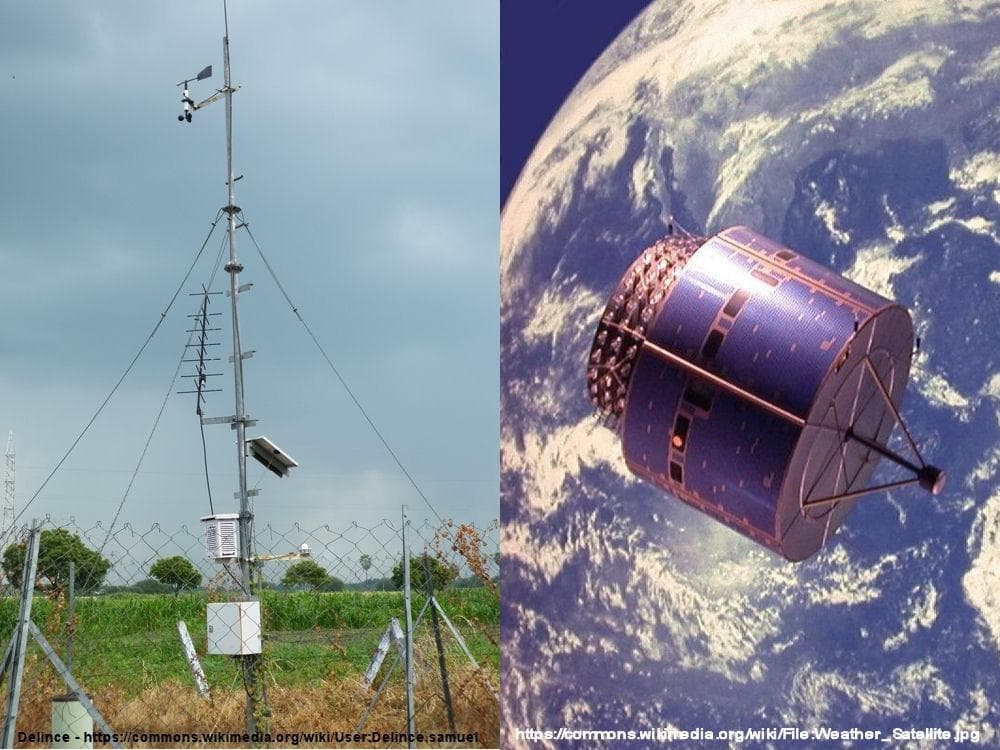The consensed climate science community and the globalist political community have been partners in a mutual adoration society for several decades. This relationship culminated in the signing of the Paris Accords, which committed the signatories to a globalist response to the impending climate crises envisioned by the climate model scenarios generated by the consensed climate science community. The dream of decades appeared to be within reach.
However, the inauguration of an openly skeptical Administration in the US and its subsequent decision to withdraw the US from the Paris Accords has caused dissension in the ranks of the mutual adoration society. The US has been the primary source of funding for both the consensed climate science community and the globalist political community. However, the current US Administration has reduced funding for the advancement of both the climate science consensus and the globalist political consensus.
The new skepticism on the part of the major source of climate research funding has caused the consensed climate science community to acknowledge the technical weaknesses of both the Global Historical Climate Network (GHCN) process for collecting and analyzing near-surface temperatures and the use of the current ensemble of climate models for the production and analysis of potential future climate scenarios.
The consensed climate science community has recently called for the construction of a global near-surface temperature measurement network similar to the US Climate Reference Network. The consensed climate science community has also recently acknowledged that the current ensemble of climate models is “running hot”, producing potential future scenarios with temperature anomalies two to three times the anomalies present in the “adjusted” near-surface observations.
It is unlikely that the call for a global Climate Reference Network is totally altruistic, in that there has been no significant effort to extend the existing GHCN measurement program to areas where there is currently no measurement activity. It appears unlikely that nations which have been unwilling to install and operate the far less expensive GHCN measurement stations would be willing to install the far more expensive Climate Reference Network measurement stations. However, the pursuit of such a program would continue the efforts of the consensed climate science community to ignore or minimize the importance of the satellite tropospheric temperature measurements, which are made in the region of the atmosphere in which CO2 absorption of solar radiation actually occurs.
It appears equally unlikely that the acknowledgment of the shortcomings of the current climate models is altruistic. Rather, it appears that this acknowledgment is a response to the growing realization that the models are not, in fact, modeling the real climate, largely as the result of the use of unrealistically large climate sensitivity estimates; and, perhaps also, the use of incorrect cloud forcings.
Recent research suggests that climate sensitivity to CO2 is at or perhaps even below the low end of the range of values used by the IPCC. Recent research also suggests that the Representative Concentration Pathway (RCP 8.5) used in the climate models to produce many of the failed “scary scenarios” is totally unrealistic.
